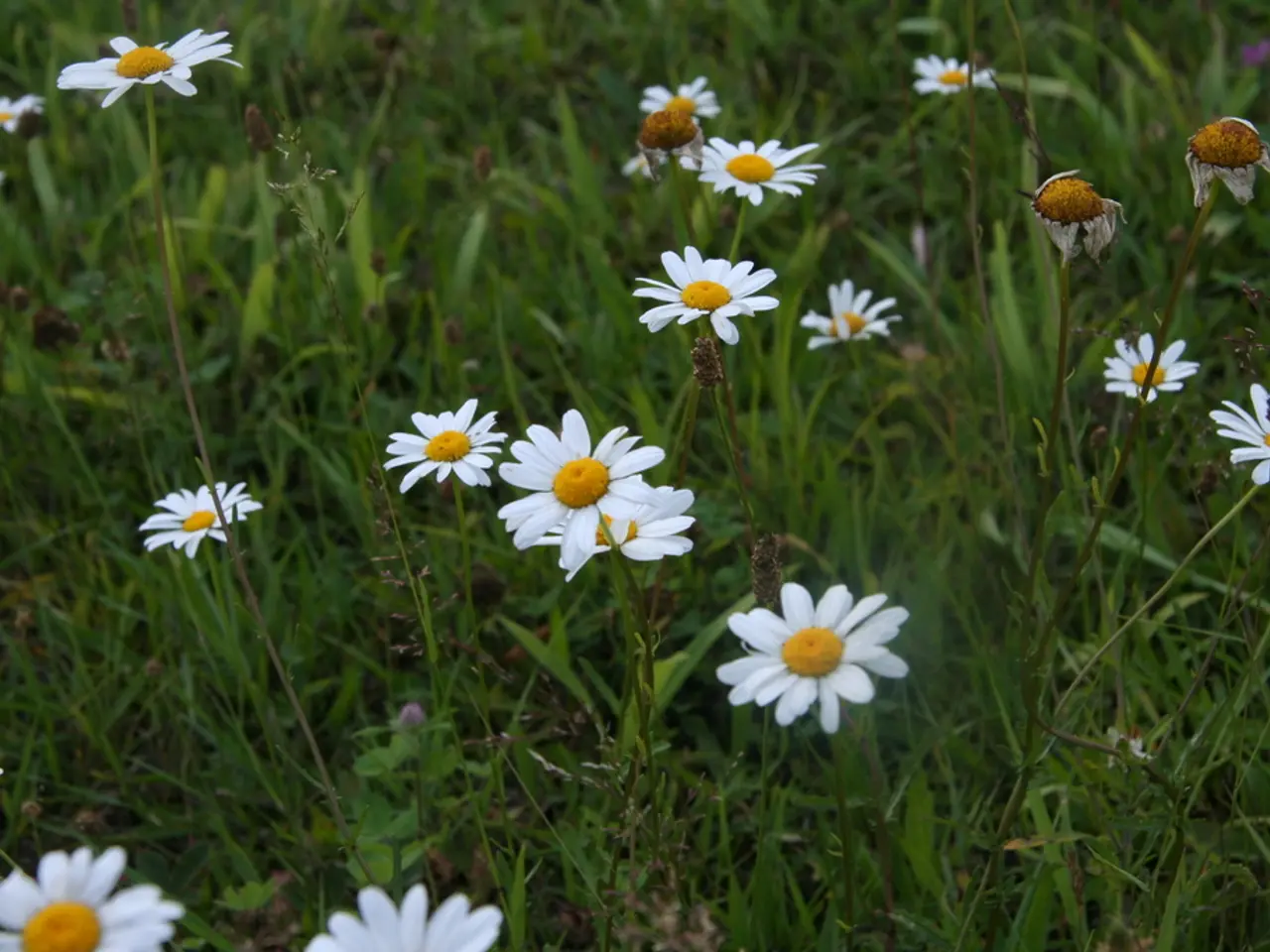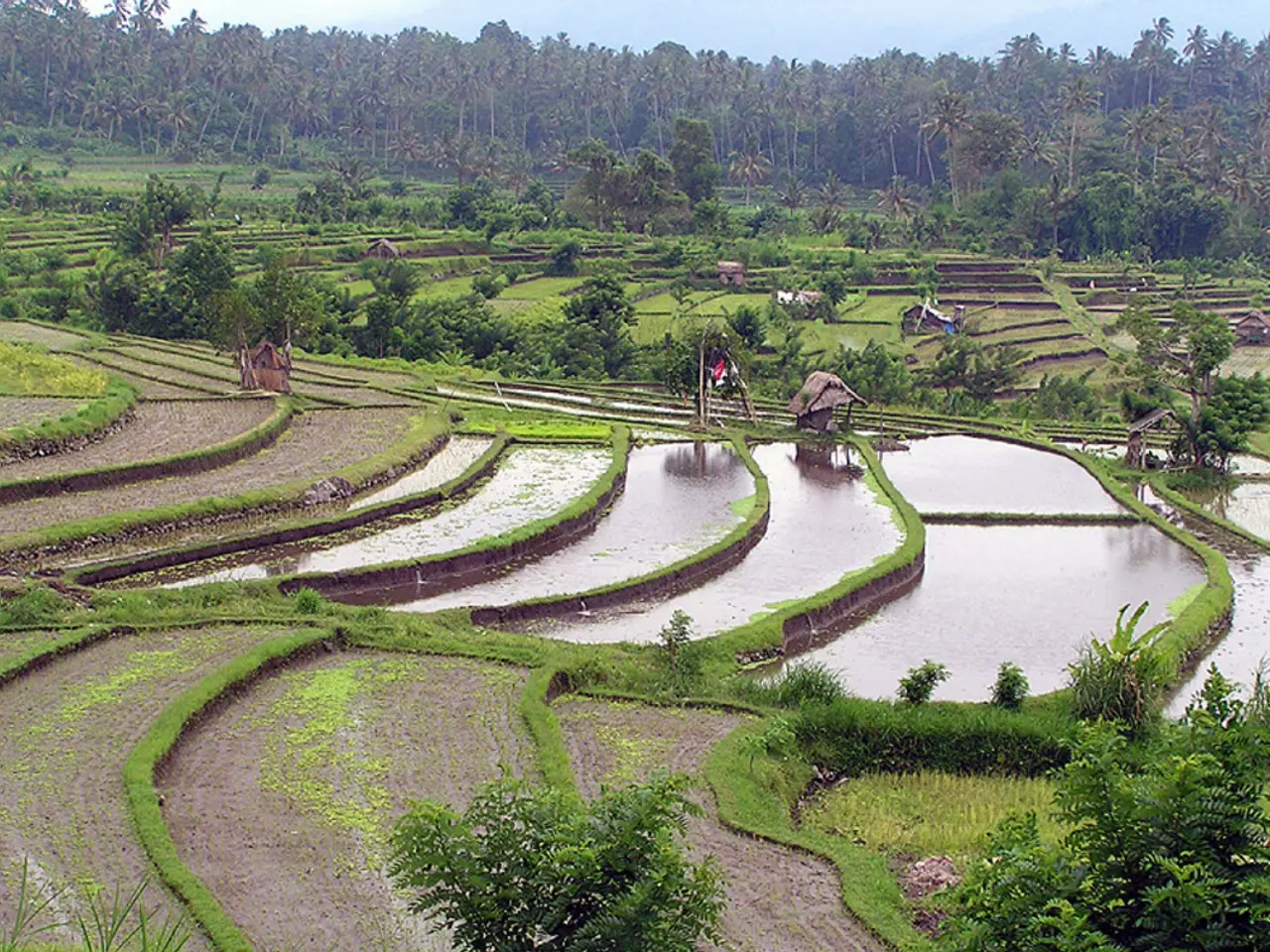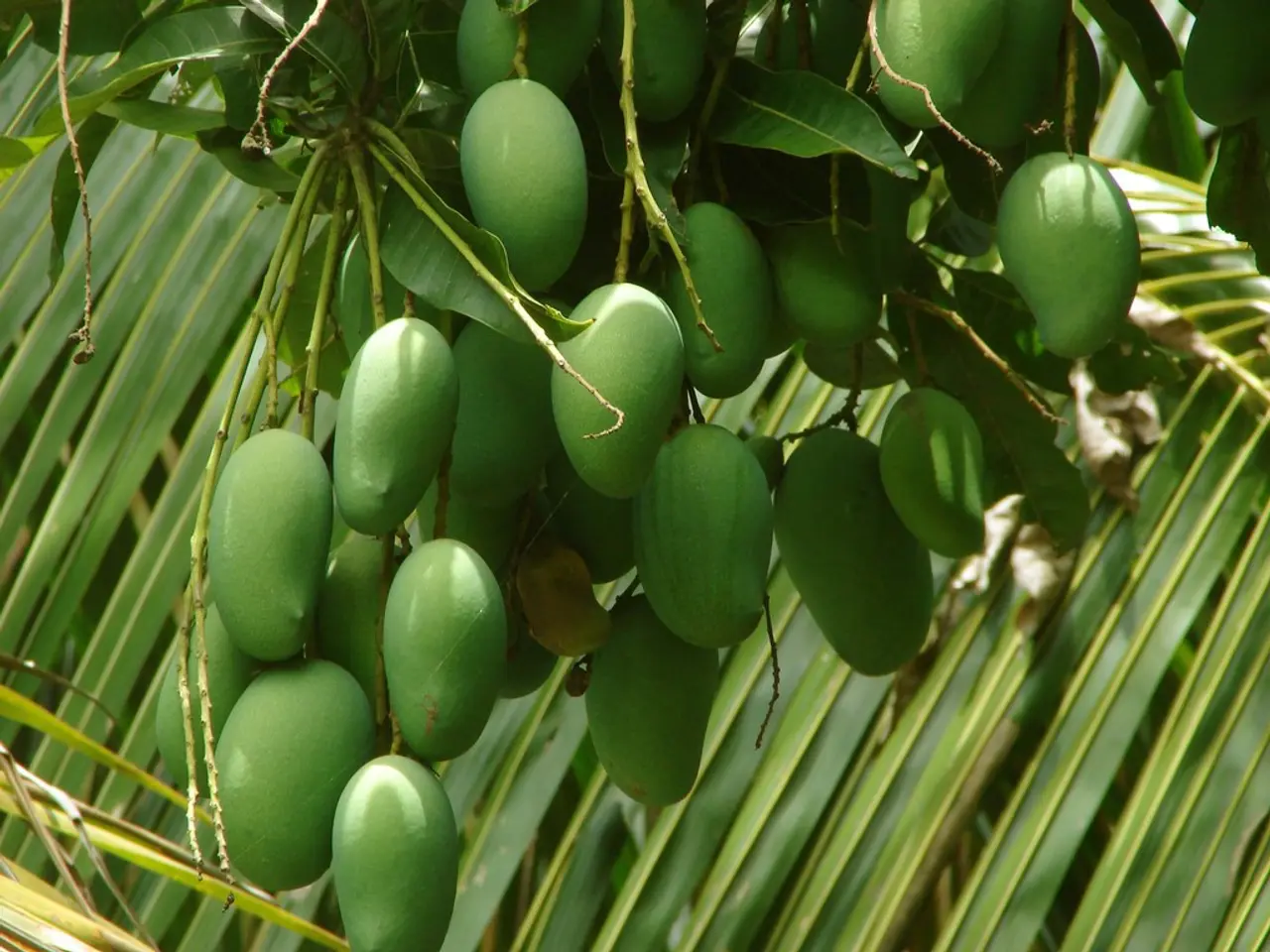Root Rot in Bonsais: Identifying and Combating Symptoms
Bonsai enthusiasts know that maintaining a healthy bonsai tree requires careful attention to its roots, soil, and watering. One common issue that can threaten the well-being of bonsai trees is root rot. This article provides a comprehensive guide on preventing and treating this problem.
Root rot is often caused by overwatering and poor soil drainage, creating an environment for fungal pathogens. The early signs of root rot can be subtle, such as yellowing, drooping, or premature defoliation. However, if left untreated, the tree's roots can become soft, brittle, or mushy, and visible fungal growth, slime, foul odor, decay, and black roots may appear. In severe cases, the tree may die.
To prevent root rot, it's crucial to use well-draining soil. A fast-draining, airy bonsai soil mix with inorganic components like akadama, pumice, and lava rock can prevent waterlogging. Pots should have drainage holes to allow excess water to escape, and substrates should be avoided that retain too much moisture or become compacted. Watering carefully is also essential—water thoroughly but only when the soil surface is drying. Allowing the substrate to dry slightly between waterings reduces fungal growth.
Regular repotting is beneficial for bonsai trees, as it helps refresh roots and promote healthy root systems and soil aeration. Bonsai generally benefit from repotting every 2–3 years, ideally in early spring, removing about 30–50% of roots and any dead or diseased ones.
When treating root rot, pruning infected roots carefully is crucial to prevent the spread of disease. The affected tree should be removed from its pot, and any dead, darkened, or mushy roots should be pruned using clean, sterilized tools. The tree should then be repotted in fresh substrate, using a new well-draining soil mix to replace old, soggy substrate that may harbour pathogens. After treatment, water sparingly and keep the bonsai shaded and protected while it recovers, resuming normal watering only when new growth appears.
A holistic approach is essential for restoring a bonsai's health, focusing on both the tree's roots and its above-ground foliage. Reducing watering frequency, ensuring good air circulation, and monitoring the tree's progress closely are essential for preventing root rot. Certain bonsai species are more susceptible to root rot due to their delicate nature, waterlogged soil preferences, or shallow root systems.
In summary, the keys to preventing and treating root rot in bonsai are maintaining excellent drainage with proper soil, watering only when needed, repotting to refresh roots, and promptly removing diseased roots using hygienic practices. Effective natural fungicides for treating root rot include neem oil, cinnamon, and garlic. By following these tips, bonsai enthusiasts can keep their trees healthy and thriving.
Maintaining a sound gardening practice is crucial for preventing root rot, especially in bonsai trees, as poor soil drainage and overwatering can lead to fungal pathogens, causing issues like yellowing, drooping, or premature defoliation. To minimise the risk, it's essential to use a fast-draining, airy soil mix and pots with drainage holes, and to water carefully while allowing the substrate to dry slightly between waterings. In more serious cases, treating root rot involves pruning infected roots, repotting the tree in fresh substrate, and adopting a holistic approach that addresses both the tree's roots and above-ground foliage, such as reducing watering frequency and ensuring good air circulation.




